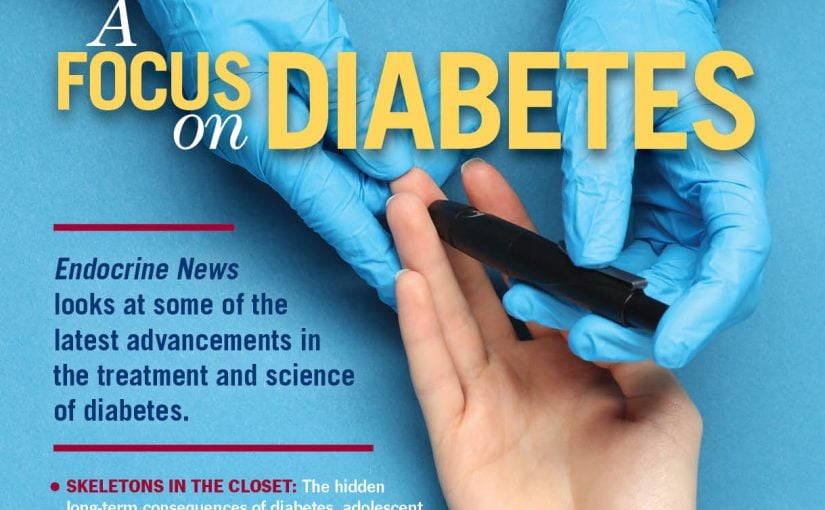A higher prevalence of the evening chronotype in women with polycystic ovary syndrome (PCOS) is associated with a worse hormonal and metabolic profile, according to a paper recently published in the Journal of Pineal Research.
Researchers led by Giovanna Muscogiuri, MD, PhD, an assistant professor in the Unit of Endocrinology at Federico II University Medical School of Naples in Italy, point out that despite PCOS being a common condition, the disease can present numerous challenges in both diagnosis and management and treatment should be tailored to the individual. The authors go on to write that even with current therapies for PCOS, most women fail to reach their therapeutic target, suggesting there may be some misdiagnosed characteristics of this syndrome that are not taken into account in the assessment and thus in therapeutical approach of women with PCOS.
The authors go on to note that chronotype has been looked at as a risk factor for obesity-related cardiometabolic complications, and studies have shown people with the evening chronotype (EC) are prone to develop complications such as obesity, diabetes, and cardiovascular diseases. “Since PCOS often brings with it metabolic alterations and these are also under the influence of chronotype, the aim of the study was to assess the prevalence of chronotype categories in women with PCOS (compared to healthy controls) and their influence on the hormonal and metabolic aspects of PCOS,” the authors write.
For this observational case-control study, the researchers analyzed data from 112 women with PCOS and 112 healthy women matched for age and BMI. The women answered the Morning-Eveningness Questionnaire to assess their chronotype, administered face to face by an expert nutritionist, and not self-reported. The researchers found that women with PCOS had a higher prevalence of the evening chronotype category compared to controls. “After adjustment for BMI, chronotype score was significantly negatively correlated with C-reactive protein levels, testosterone levels, and Ferriman-Gallwey score,” the authors write.
“In conclusion, the results of our study showed for the first time a higher prevalence of EC in women with PCOS than in women without the disease,” the authors conclude. “EC was associated with worse hormonal and metabolic outcomes in women with PCOS, giving an importance to its evaluation in the management of the condition. Lifestyle intervention is an integral part of PCOS treatment; therefore, a chronotype-based approach could potentially increase the number of women achieving their treatment goals.”

